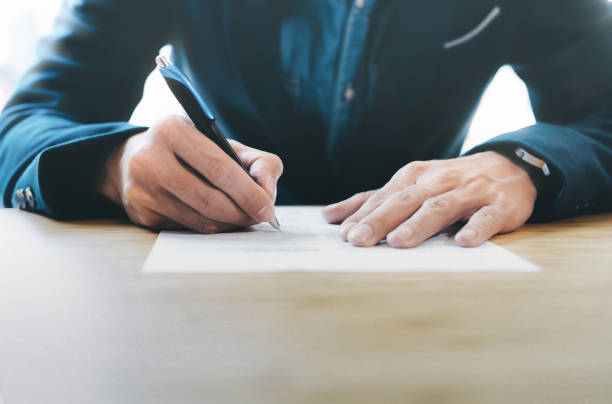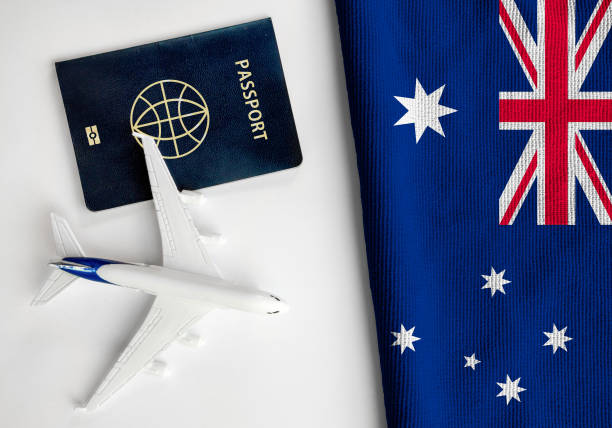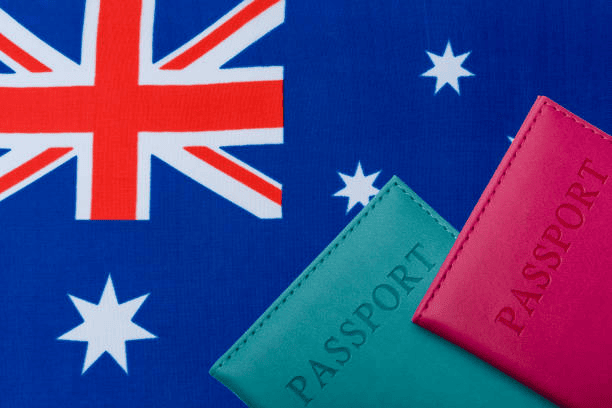This article will discuss the essentials of applying for a permanent protection visa and the information needed for Form 866.
For many people, Australia is a land of opportunity. It is a place where they can build a new life, free from persecution and discrimination. A Permanent Protection Visa (subclass 866) offers the ultimate security for those granted protection by the Australian government.
In short, a Permanent Protection Visa gives you the keys to a new life in Australia. This Australian visa is a symbol of hope and security for those who have been forced to flee their homes.
What Is a Permanent Protection Visa?
A permanent protection visa (subclass 866) allows you to do the following:
- live, work, and study in Australia permanently
- access government services such as Medicare and Centrelink services
- sponsor eligible family members for permanent residence through the offshore Humanitarian Program
- travel to and from Australia for five years
- if eligible, become an Australian citizen
- attend English language classes for free if you qualify.
The protection visa (subclass 866) is a permanent visa. It permits indefinite residence in Australia. On the day the DHA issues the visa, you are officially a permanent resident of Australia. The applicant needs evidence of being a refugee who is defined by the Refugee Convention or meet the Complementary Protection criteria in the Australian Migration Act 1958
Family members of the applicant may apply together on the same application. The following are the requirements:
- The family member must be in Australia at the time of application.
- They must be eligible to apply for this visa.
- They must be the spouse or de facto partner of the family head.
- They must be the dependent child or step-child of the family head.
- They must be the dependent child or step-child of the family head’s partner.
- They must be the other dependent relatives of the family head.
Moreover, this visa costs AUD 45.
Who Is Eligible For This Visa?
A protection visa is not available to all individuals. You can only avail this type if visa if you:
- arrived in Australia on a valid visa
- are immigration cleared on arrival
- are a refugee seeking asylum
- meet Australia’s complementary protection criteria.
Additionally, there are other requirements that you must comply to avail this type of visa. These are the following:
- Identity requirements.
- You are not barred from lodging a permanent protection visa application.
- You must not have held these visas before: subclass 785, 449, 786, or 790.
- Security, health, and character requirements.
- Submit an Australian values statement.
To know more about the requirements, check out DHA’s website here.
Are There Any Travel Restrictions for This Visa?
Here are the travel rules imposed by the Department of Home Affairs (DHA):
- You can travel to and from Australia for five years from the date the DHA grants the visa. After five years, you will need a Resident Return (RRV) visa (subclass 155) or (subclass 157) to re-enter Australia.
- If you want to travel outside Australia after the DHA grants the visa, you should first contact any Australian Passport Office of the Department of Foreign Affairs and Trade to apply for a travel document.
- Travel condition 8559 applies to this visa. If the DHA issues you this visa, neither you nor your immediate family members may enter the nation or countries from which the Australian government has granted you protection unless there is written approval from the DHA.
The DHA advises visa holders of this type against using the passport or other travel document that was issued to them by their nation of citizenship. If you do, the DHA can decide that you no longer require protection from your country of origin, and the DHA might cancel your visa.

What Is Form 866?
Form 866 has three parts:
- Part A, which provides for explanatory notes on how to apply for a protection visa.
- Part B, which provides for the application form to identify each person included in this application and family composition.
- Part C, which requires the personal details of each person included in this application.
Moreover, the applicant should complete form 866 if one is:
- in Australia;
- seeking Australia’s protection; and
- has their claims for protection; or
- a member of the same family unit as a person who has claims for protection.
However, the DHA will only grant the Form 866 application if an applicant’s circumstances meet the law’s requirements. Here are the circumstances which will bar the application:
- If the applicant entered Australia without a valid visa and/or not immigration cleared (as an offshore entry person or an unauthorised maritime arrival or unauthorised air arrival);
- If the applicant has been refused a protection visa since their last arrival to Australia; or
- If the applicant had a protection visa cancelled since their last arrival to Australia; or
- If the applicant is a national of two or more countries; or
- If the applicant has protection in a prescribed safe third country; or
- If the applicant has held a Temporary Safe Haven Enterprise visa
The DHA will advise you if you are affected by any application bar. To learn more about protection visas and Form 866, visit the Department’s website.
How Do I Make a Valid Application Under Form 866?
To make a valid application using Form 866, you should follow these steps:
- Lodge the application online.
- Pay the visa application charge electronically through the ‘My Payments’ section of ImmiAccount.
- The applicant must be in Australia.
- The applicant must provide their residential address.
- The applicant must provide personal identifiers such as digital photographs and fingerprints.
- Any of the above-mentioned application bars must not bar the applicant.
- The applicant must complete form 866 and state the reasons for claiming protection or being a member of the family unit of someone claiming protection.
What Are the Documentary Requirements?
You should submit Form 866 along with your application and certified true copies of the following documents:
- any documents/evidence that you think will support your claim for protection;
- all pages of passports and other travel documents held by all persons in the application, including the documents you used to enter Australia; and
- any documents/evidence to support the relationship between each person in the application, such as:
- birth certificates
- notarial certificates
- marriage certificates
- financial documents and undertakings for de facto relationships
- financial documents to evidence that dependents over the age of 18 are dependent on you
- any other evidence to support relationships between each applicant.
Tips for Applying for an Australian Protection Visa
Here are some tips for a successful application for a Protection visa (subclass 866):
- Start early. The application process for a Protection visa (subclass 866) can take several months to complete, so it is essential to start the process early.
- Gather all of your evidence. You will need to provide a lot of evidence to support your application, so it is crucial to gather all your evidence early. This evidence should include documents that support your claims for protection, such as records of persecution or discrimination, as well as evidence of your identity and family circumstances.
- Be clear and concise. When writing your application, it is important to be clear and concise. The Department of Home Affairs will be reviewing your application carefully, so it is important to make sure that your application is easy to understand.
- Get help from a lawyer. If you are unsure how to apply for a Protection visa (subclass 866), you should get help from a lawyer. A lawyer can help you to gather the necessary evidence and to prepare your application in a way that will be successful.

Talk to a Migration Lawyer
A migration lawyer can provide various services to help you apply for an Australia Protection visa (subclass 866). These services may include:
- Helping you to gather the necessary evidence.
- Contacting the Australian Immigration Department and other government agencies where required
- Writing your application and helping you lodge the visa.
- Advising you on the application process.
- Representing you at interviews where applicable.
- Appealing a decision.
- Aid in lodging other australian permanent visa or visas
If you are considering hiring a lawyer, it is important to ensure the lawyer has experience in this type of application. JB Solicitors has a team of experienced visa lawyers who can assist you throughout the process.
Contact us today if you want to turn your temporary protection visa into a permanent protection visa
